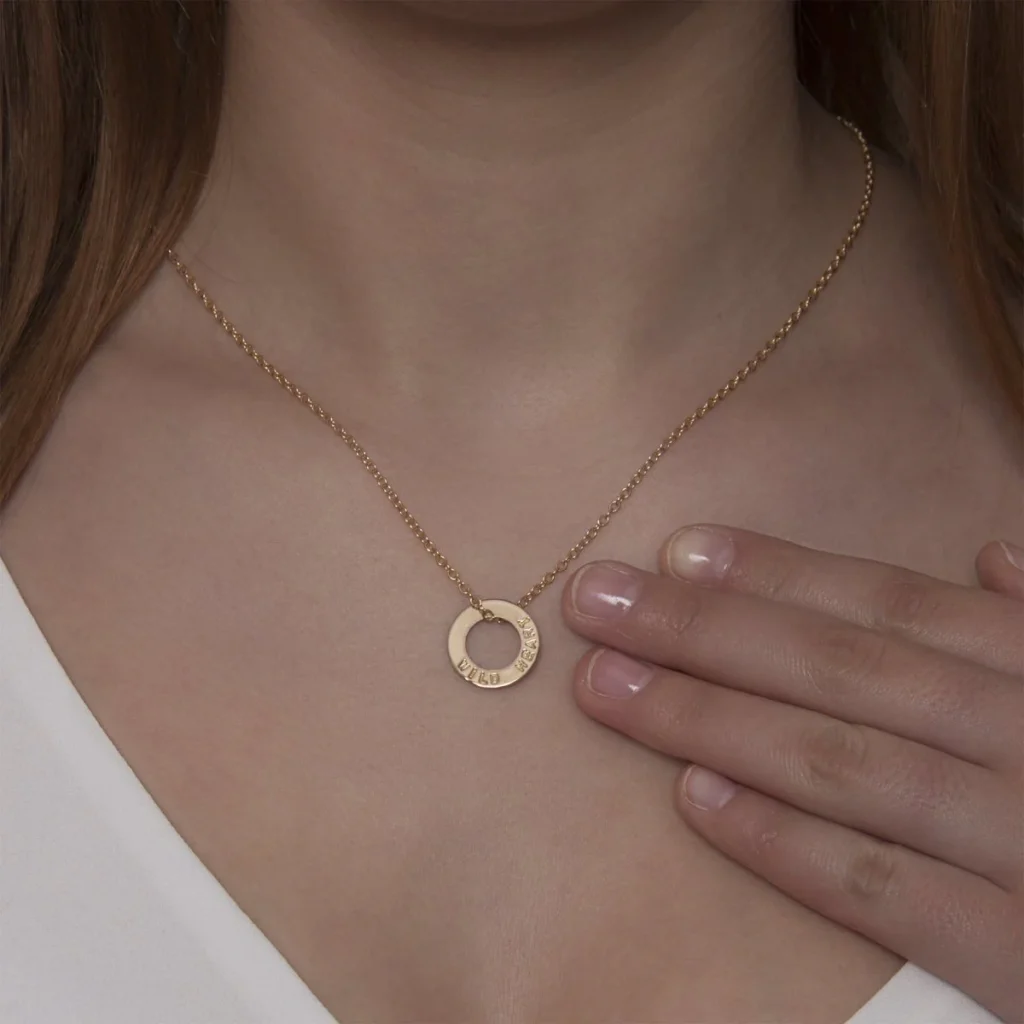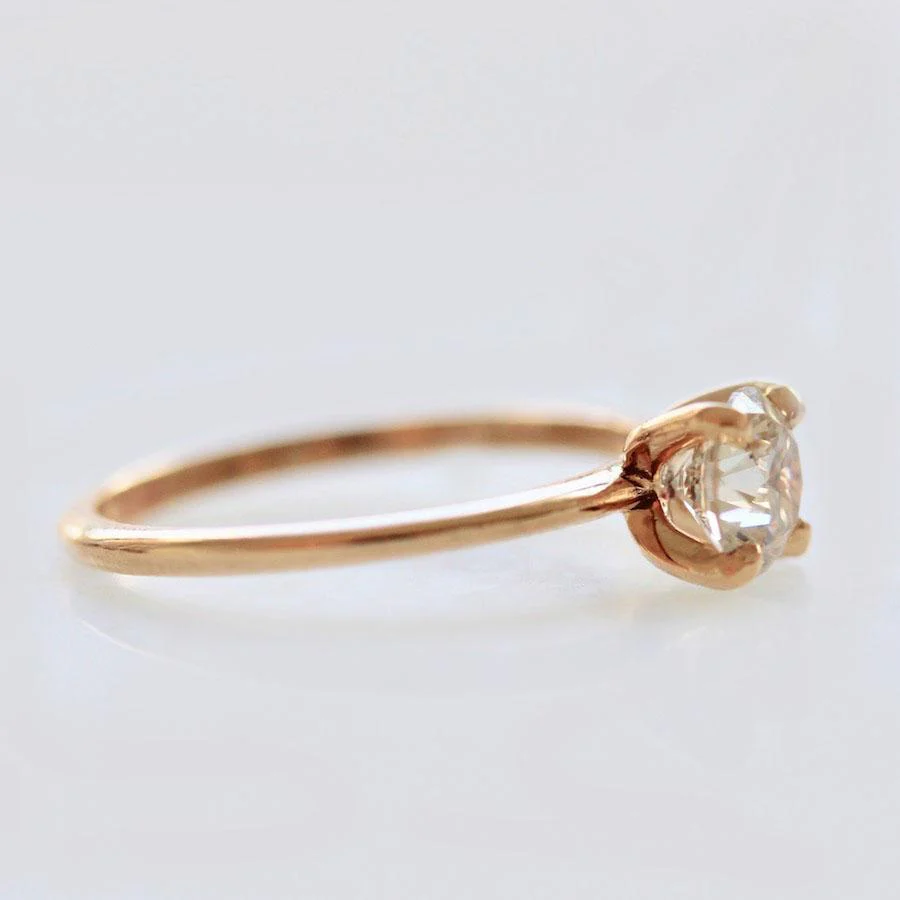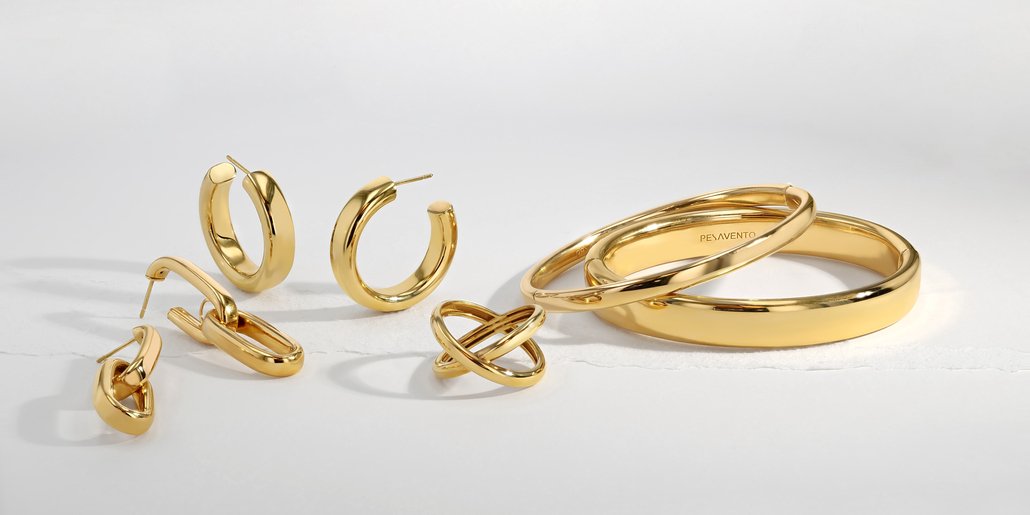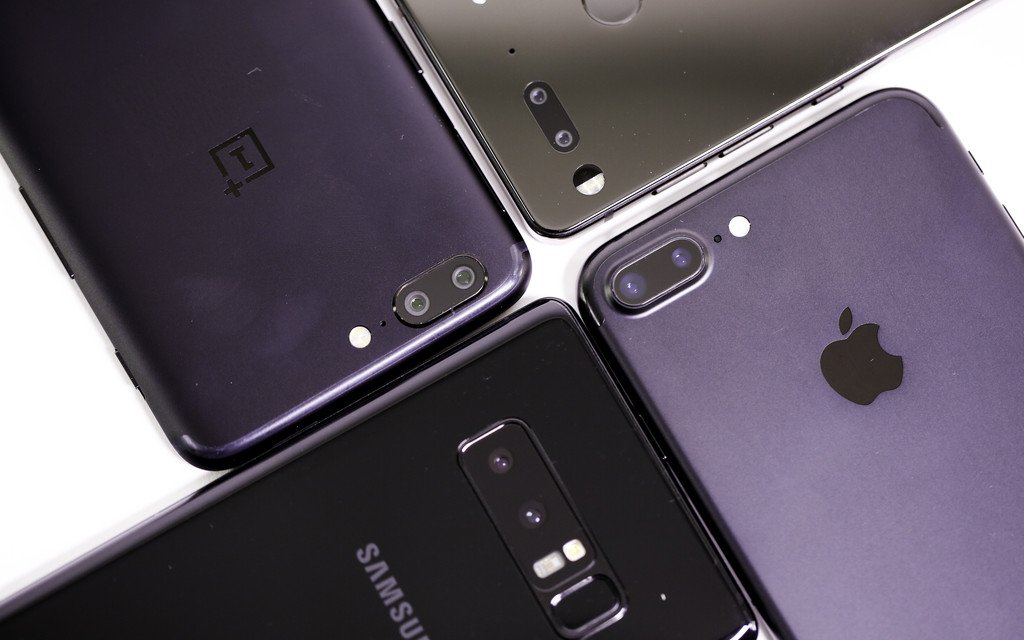When shopping for jewelry, the terms gold-plated, gold-filled, and solid gold often appear. While they may sound similar, the differences are significant — not just in price, but in quality, durability, and long-term value. Understanding these terms will help you make smarter jewelry purchases.
What Is Gold-Plated Jewelry?

Gold-plated jewelry is made by applying a thin layer of gold onto a base metal such as copper, brass, or stainless steel.
- Thickness: Typically less than 0.5 microns of gold.
- Durability: Prone to tarnishing and wear; the gold layer may rub off with time.
- Cost: The most affordable option.
Best For: Trendy pieces, fashion jewelry, or items you don’t plan to wear daily.
What Is Gold-Filled Jewelry?

Gold-filled jewelry is a step up in quality and durability. Instead of a thin coating, a thicker layer of gold is mechanically bonded to the base metal.
- Thickness: Usually 5% or more of the item’s total weight is real gold.
- Durability: More resistant to tarnishing and wear compared to gold-plated jewelry.
- Cost: More expensive than gold-plated but significantly cheaper than solid gold.
Best For: Everyday wear, mid-budget buyers, or gifts that balance affordability and quality.
What Is Solid Gold Jewelry?

Solid gold jewelry is made entirely of gold or an alloy of gold mixed with other metals (like copper, silver, or nickel) for strength.
- Purity: Commonly sold in 10K, 14K, 18K, and 24K (pure gold).
- Durability: 24K is soft and easily scratched, while 14K and 18K balance strength and beauty.
- Cost: The most expensive but also the most valuable.
Best For: Heirloom pieces, investment jewelry, engagement rings, and special occasions.
Key Differences Between Gold-Plated, Gold-Filled, and Solid Gold
| Feature | Gold-Plated | Gold-Filled | Solid Gold |
|---|---|---|---|
| Gold Content | Minimal (thin layer) | 5% or more | 100% (or alloy) |
| Durability | Low | Medium-High | Very High |
| Tarnish Resistance | Low | Good | Excellent |
| Cost | Low | Moderate | High |
| Best Use | Fashion jewelry, short-term | Everyday wear | Investment, heirlooms |
Which One Should You Choose?
- On a budget? Go with gold-plated for trendy, fast-fashion looks.
- Want something long-lasting but affordable? Choose gold-filled for a balance of price and durability.
- Looking for an heirloom or engagement piece? Invest in solid gold for its timeless value.
FAQs About Gold-Plated, Gold-Filled, and Solid Gold
1. Does gold-plated jewelry tarnish?
Yes, gold-plated jewelry tarnishes over time as the thin layer of gold wears off, exposing the base metal underneath.
2. Is gold-filled jewelry worth buying?
Absolutely. Gold-filled jewelry offers a thicker layer of gold that can last years with proper care, making it a great mid-range option.
3. Can solid gold jewelry ever tarnish?
Solid gold in higher purities (18K and 24K) resists tarnishing, though lower karats like 10K and 14K may dull slightly due to alloy metals.
4. How can you tell if jewelry is solid gold?
Look for a hallmark stamp (10K, 14K, 18K, 24K). A jeweler can also test with acid or XRF machines.
5. Is gold-filled better than gold-plated?
Yes, because gold-filled contains much more gold and is bonded mechanically, making it more durable and resistant to fading.
6. Can I shower with gold-plated or gold-filled jewelry?
It’s not recommended for gold-plated jewelry. Gold-filled can usually withstand occasional water exposure, but solid gold is best for everyday wear.
7. Why is solid gold so expensive?
Because it contains actual gold throughout, not just a coating. Gold is a precious metal with intrinsic value, making it costlier but more valuable long term.
8. What karat of solid gold is best for everyday wear?
14K and 18K are ideal, offering a balance of durability and beauty.
9. Does gold-filled jewelry have resale value?
It has some resale value, but only solid gold jewelry carries significant long-term investment worth.



